How to Choose the Right Carriage Bolt for Your Next Project
When embarking on a new project that involves fastening materials together, selecting the appropriate fastener is crucial for both structural integrity and longevity. Carriage bolts, known for their distinctive rounded heads and square necks, are commonly used in wood-to-wood and wood-to-metal applications. According to the Global Fastener Market Report, the demand for carriage bolts is anticipated to grow by 5.2% annually, driven by an escalation in construction activities and manufacturing processes across various sectors. Understanding the specifications, such as diameter, length, and material type, is critical for achieving optimal performance. Whether it's for furniture construction, deck building, or industrial applications, choosing the right carriage bolt can significantly impact the strength and reliability of your project. This guide will help you navigate the options and make informed decisions to ensure your work withstands the test of time.
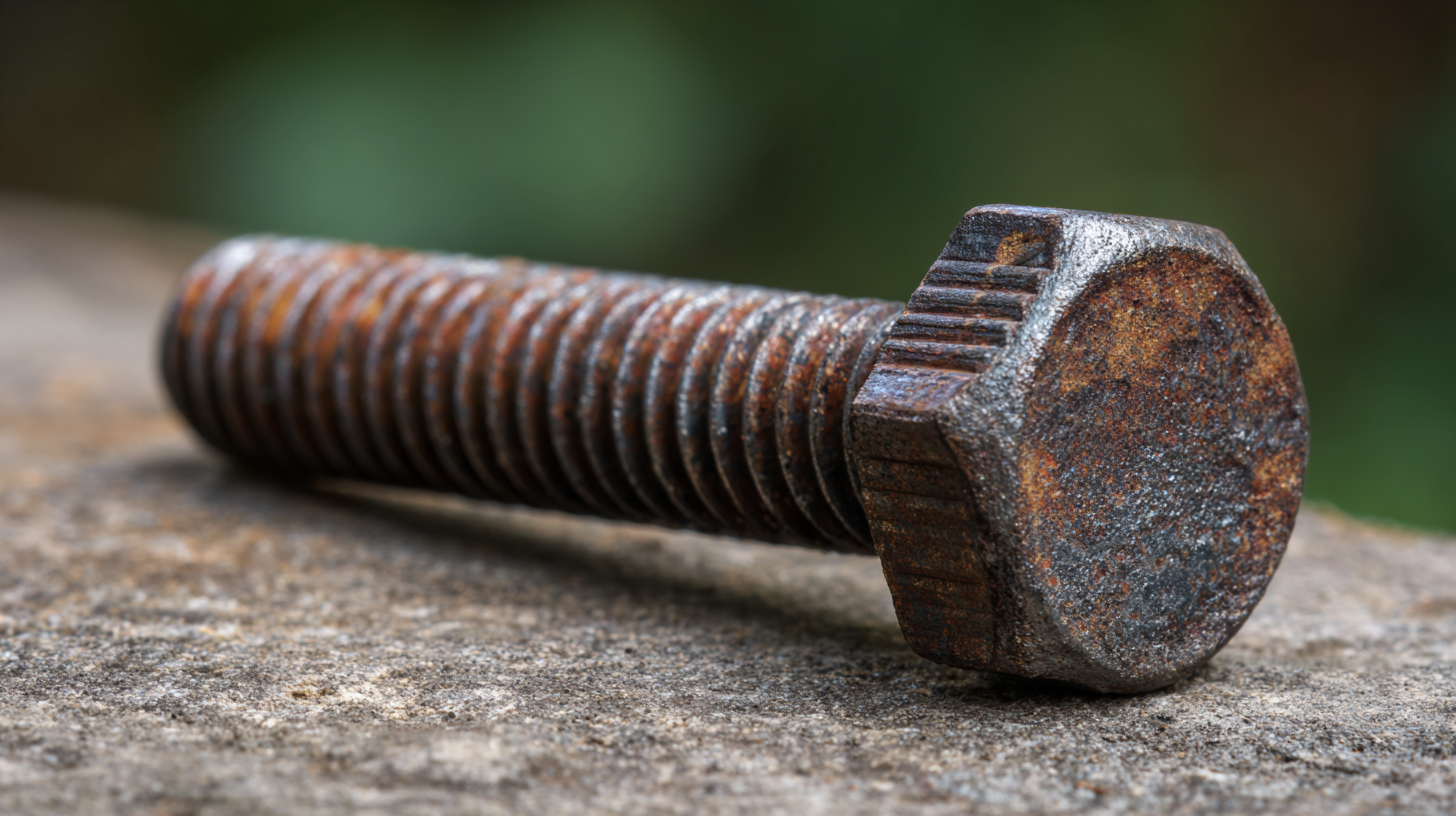
Understanding the Types and Sizes of Carriage Bolts for Your Specific Needs
When embarking on a new project that requires the use of carriage bolts, understanding the types and sizes available is essential to ensure you select the right hardware for your needs. Carriage bolts typically come in various materials, including steel, stainless steel, and plastic, and the choice largely depends on factors such as the weather conditions and load-bearing requirements of your project. For outdoor projects, stainless steel is often preferred due to its corrosion resistance, while galvanized steel is a cost-effective alternative for less demanding applications.
When determining the appropriate size, consider both the diameter and length of the carriage bolt. The diameter should match the hole size in your materials, ensuring a snug fit that maintains stability. Additionally, the length must account for the thickness of the materials being joined. A tip to remember is to add extra length if you're securing multiple layers or if the bolt will be protruding for a nut and washer combination.
It’s also valuable to familiarize yourself with the different head styles of carriage bolts. Traditional square heads provide added grip during installation, while rounded heads are ideal for applications where a smooth finish is required. Choosing the correct head style can improve both the aesthetics and functionality of your project.
How to Choose the Right Carriage Bolt for Your Next Project
| Bolt Size (Diameter x Length) | Recommended Applications | Material | Common Finish |
|---|---|---|---|
| 1/4" x 1" | Light-duty applications, furniture assembly | Steel | Zinc-plated |
| 5/16" x 2" | Medium-duty applications, outdoor structures | Stainless steel | Natural |
| 3/8" x 3" | Heavy-duty applications, structural projects | Carbon steel | Black oxide |
| 1/2" x 4" | High-load applications, bridges, heavy equipment | Alloy steel | Hot-dipped galvanized |
Key Material Considerations for Durability and Performance in Carriage Bolts
When selecting a carriage bolt for your project, understanding the key material considerations is crucial for ensuring durability and performance. Carriage bolts are commonly available in various materials, including steel, stainless steel, and plastic. Steel bolts, particularly those that are galvanized or coated, provide excellent strength and resistance against corrosion, making them suitable for outdoor applications. However, for environments prone to moisture or where a higher level of resistance is required, stainless steel bolts are an ideal choice due to their superior durability and ability to withstand harsh conditions.
Additionally, the finish of the carriage bolt plays a significant role in its long-term performance. A hot-dipped galvanized or zinc-plated finish offers added protection against rust and wear, extending the lifespan of the fastener. It's also essential to consider the tensile strength of the material, as this impacts the bolt's ability to bear loads and resist shear forces. By carefully evaluating these material characteristics, you can select the right carriage bolt that not only meets the demands of your specific project but also ensures reliable performance over time.
Durability Comparison of Carriage Bolts by Material
Identifying the Right Length: How to Measure for Your Project’s Requirements
Choosing the right length of carriage bolt is crucial for ensuring the structural integrity and longevity of your project. To measure correctly, you should first identify the materials being joined and assess the thickness of these materials. According to industry standards, the length of the bolt should be at least one and a half times the thickness of the thicker material. This ensures sufficient engagement in the nut while preventing the bolt from breaking under load. For instance, if you are working with wooden beams that are 3 inches thick, opting for a carriage bolt of at least 5 inches is advisable to accommodate proper fastening.
Additionally, it's important to consider the application and load conditions. In structural applications, a longer bolt may be needed to accommodate the load and provide adequate shear resistance. Reports indicate that bolts should also extend beyond the nut by at least one full thread to ensure a secure fastening. Utilizing tools like a sample size calculator can help in assessing the precise measurements needed, thereby mitigating the risks associated with under- or overestimating bolt lengths. Each project presents unique challenges, and understanding these metrics is essential for achieving optimal results in your construction or repair tasks.
Choosing the Right Head and Drive Style for Optimal Installation
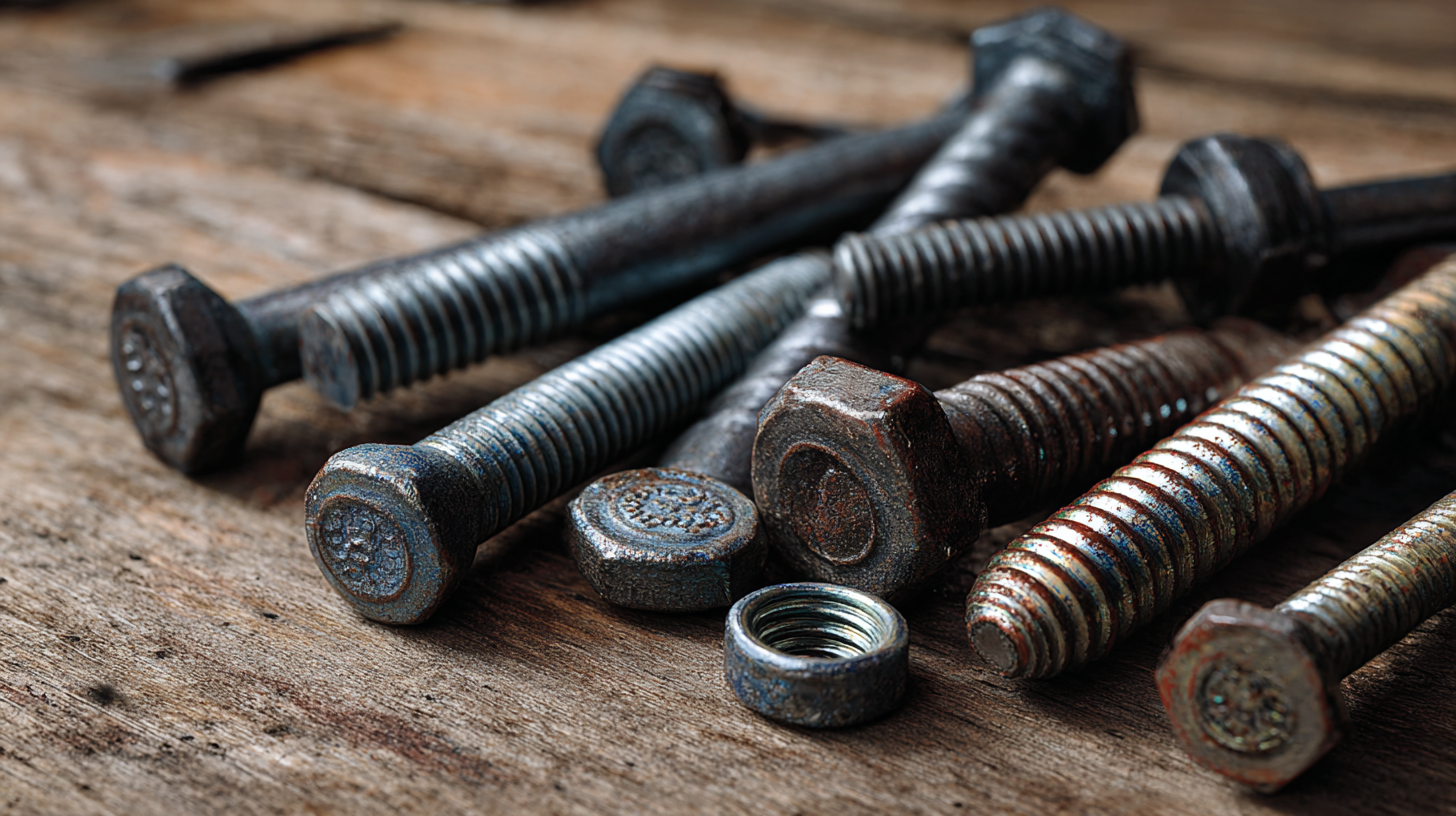 When selecting a carriage bolt for your next project, one crucial aspect to consider is the head and drive style, as these factors can significantly influence installation efficiency and effectiveness. Carriage bolts typically feature a rounded head with a square neck that grips the wood beneath, providing secure fastening in various materials. However, choosing the right type of head—whether standard, dome, or square—can affect how well the bolt integrates with your design and functionality requirements. For instance, a dome head may be preferable for a more finished appearance, while square heads can enhance grip during the tightening process.
When selecting a carriage bolt for your next project, one crucial aspect to consider is the head and drive style, as these factors can significantly influence installation efficiency and effectiveness. Carriage bolts typically feature a rounded head with a square neck that grips the wood beneath, providing secure fastening in various materials. However, choosing the right type of head—whether standard, dome, or square—can affect how well the bolt integrates with your design and functionality requirements. For instance, a dome head may be preferable for a more finished appearance, while square heads can enhance grip during the tightening process.
Equally important is the drive style of the carriage bolt. Common options include hex, square, and slotted drives, each offering distinct advantages. Hex drives require a socket or wrench for installation, providing excellent torque capabilities, making them ideal for projects requiring a tight fit. Square drives tend to prevent stripping and offer an easier installation without specialized tools. Slotted drives, while more traditional, might need careful attention to avoid camming out. Evaluating these head and drive style features ensures that your selected carriage bolt aligns seamlessly with your project needs, leading to effective and reliable outcomes.
Common Applications of Carriage Bolts and Their Best Use Cases
Carriage bolts are a versatile choice for various applications, primarily known for their rounded heads and square necks that prevent rotation when tightened. According to a report by Global Market Insights, the demand for carriage bolts in the construction industry is expected to grow significantly, driven by their use in wood applications, structural installations, and furniture assembly. With a typical tensile strength ranging from 60,000 to 100,000 psi, these bolts are ideal for securing timber frames, playground equipment, and outdoor structures where durability is paramount.
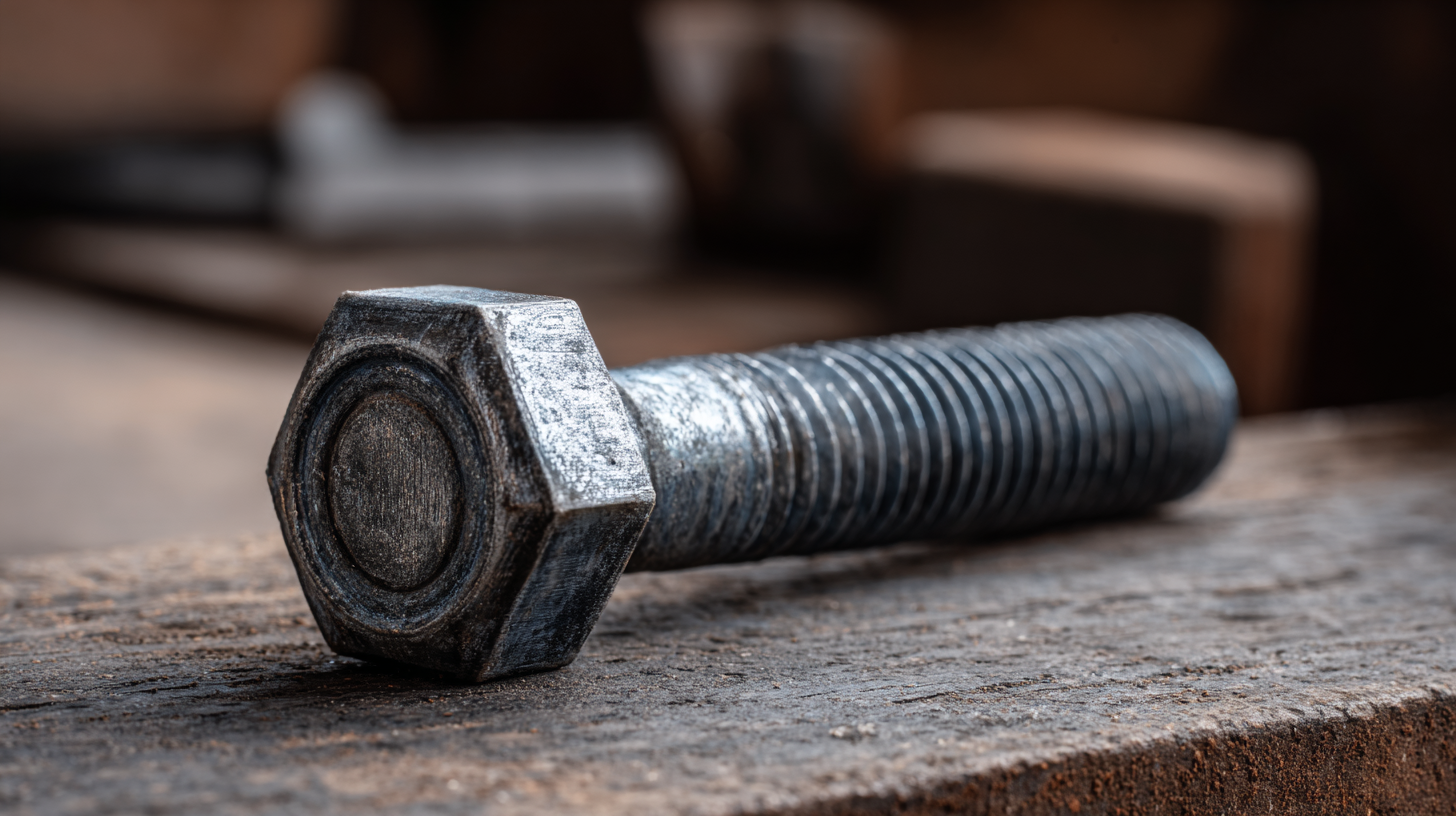
In addition to construction, carriage bolts are commonly employed in bridge building and heavy machinery assembly. A study published by the American Fasteners Association highlights that these bolts contribute to improved structural integrity and sustainability, particularly when used in conjunction with treated lumber or metals resistant to corrosion. Factors such as load-bearing requirements and environmental conditions play a critical role in selecting the appropriate carriage bolt size and material, ensuring the longevity and safety of the structures they help create.
Related Posts
-
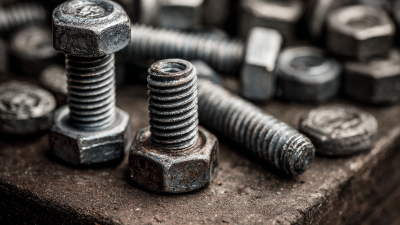
Ultimate Guide to Choosing the Right Hot Sale Carriage Bolt for Your Projects
-

5 Essential Tips for Choosing the Right Truss Head Carriage Bolt for Your Project
-

How to Select the Perfect Button Head Bolt for Optimal Load Distribution in Your Projects
-
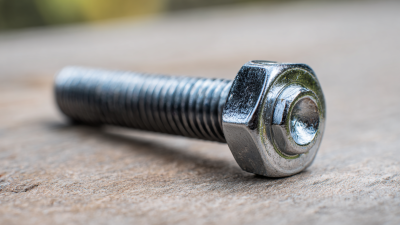
How to Choose the Perfect Hot Sale Carriage Bolt for Your Project
-
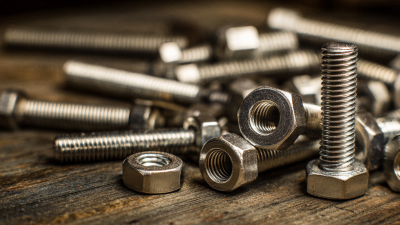
How to Choose the Right Stainless Bolts for Your Project Needs
-

7 Compelling Reasons Why Square Neck Bolts Are Essential for Your Projects
